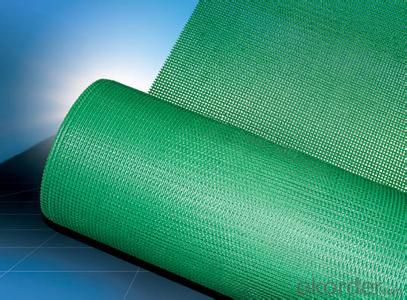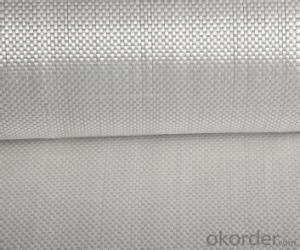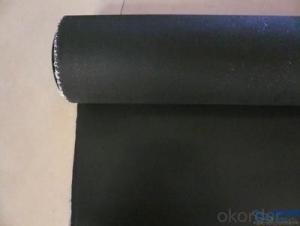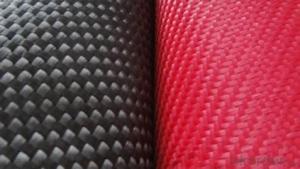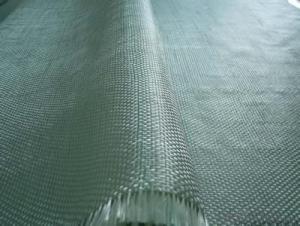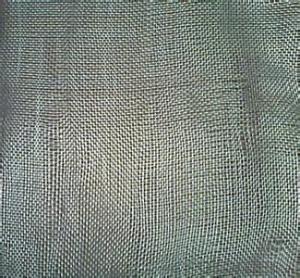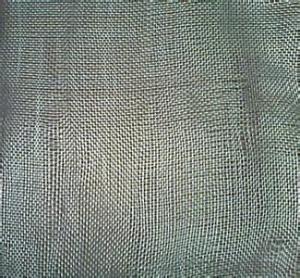High Temperature Silica Cloth Fiberglass Reinforcing Fabric
- Loading Port:
- China Main Port
- Payment Terms:
- TT OR LC
- Min Order Qty:
- -
- Supply Capability:
- -
OKorder Service Pledge
Quality Product, Order Online Tracking, Timely Delivery
OKorder Financial Service
Credit Rating, Credit Services, Credit Purchasing
You Might Also Like
Quick Details
| Place of Origin: | Model Number: | Weight: | |||
| Width: | Length: | Thickness: | |||
| Density: | Use: | Style: | |||
| Feature: | Supply Type: | Yarn Count: | |||
| Material: |
Packaging & Delivery
| Packaging Detail: | we packed 100m as one roll, one roll packed with box |
| Delivery Detail: | 3 days after get the deposit |
Specifications
high silica glass fiber cloth
1,300-1200g/m2
2,plain & Twill Woven
3,E-Glass
4,1000-2000mm
- Q: Can fiberglass fabrics be recycled or repurposed?
- Fiberglass fabrics possess the ability to be recycled or repurposed. This highly adaptable material can be disassembled and utilized in multiple ways. A common practice for recycling fiberglass involves grinding it into powder and incorporating it as a filler in composite products like concrete, insulation, or even new fiberglass items. This procedure not only reduces waste but also enables the reuse of fiberglass materials. Additionally, fiberglass fabrics may be repurposed by cutting them into smaller segments and employing them as insulation or reinforcement in other substances. These repurposed fabrics find applicability in various fields such as automotive components, boat repairs, or even artistic and craft projects. Ultimately, the recycling and repurposing of fiberglass fabrics contribute to waste minimization and optimal utilization of this resilient material.
- Q: Can fiberglass fabric be used for curtains and drapes?
- Yes, fiberglass fabric can be used for curtains and drapes. It is a versatile material that offers durability, resistance to fire, and is lightweight. Additionally, fiberglass fabric can provide privacy while allowing natural light to filter through.
- Q: Can fiberglass fabric be used for insulation in pharmaceutical facilities?
- Yes, fiberglass fabric can be used for insulation in pharmaceutical facilities. It is a commonly used material due to its excellent thermal insulation properties, fire resistance, and ability to withstand high temperatures. Additionally, it is lightweight, durable, and cost-effective, making it suitable for various applications in pharmaceutical facilities.
- Q: What is the thickness range of fiberglass fabric?
- The thickness range of fiberglass fabric typically varies between 0.3 to 2 millimeters.
- Q: How does fiberglass fabric perform in static dissipation?
- Fiberglass fabric is typically not designed to function as a material that dissipates static. The reason for this is that fiberglass acts as an insulator, preventing the flow of electricity. Static dissipation involves the safe dispersal of static electricity to prevent harm or dangers. To achieve effective static dissipation, materials must possess conductive properties. Nevertheless, there exist specific types of fiberglass fabrics that have been developed with conductive properties to enable static dissipation. These fabrics are generally coated or infused with conductive substances such as carbon fibers or metals. The conductive additives within these fabrics facilitate the creation of a pathway for static electricity to move through, thus allowing for safe dissipation. It is important to acknowledge that the effectiveness of fiberglass fabric in static dissipation can fluctuate depending on the particular composition and construction of the fabric. Moreover, factors such as humidity levels, surface conditions, and the presence of other materials or objects in the surroundings can also impact the efficacy of static dissipation. Consequently, it is advisable to consult the manufacturer's specifications or conduct testing to ascertain the static dissipation capabilities of a specific fiberglass fabric.
- Q: How does fiberglass fabric perform in durability?
- Fiberglass fabric is highly renowned for its exceptional durability. Due to its composition of woven glass fibers, it possesses excellent strength and resistance to wear and tear. This fabric is not easily deformed or stretched, allowing it to maintain its shape over time. Additionally, fiberglass fabric exhibits remarkable resistance to chemical and environmental factors, such as moisture, UV radiation, and extreme temperatures. These qualities make it highly durable and suitable for a wide range of applications, including automotive, aerospace, marine, and construction industries. Furthermore, fiberglass fabric's durability is enhanced by its low maintenance requirements and long lifespan, making it a cost-effective and reliable choice for various projects.
- Q: How do you do fiberglass fabric on latex paint?
- Latex paint made of diatom mud, made of fiber cloth, did not try
- Q: Can fiberglass fabric be used for car covers?
- Yes, fiberglass fabric can be used for car covers. It is a durable and lightweight material that provides excellent protection against weather elements and UV rays. Additionally, fiberglass fabric is resistant to tearing and can withstand high temperatures, making it a suitable choice for car covers.
- Q: Can fiberglass fabric be used for boat covers?
- Yes, fiberglass fabric can be used for boat covers. Fiberglass fabric is known for its durability and strength, making it an excellent choice for protecting boats from various weather conditions. It is resistant to water, UV rays, and mildew, ensuring that the boat remains well-protected. Additionally, fiberglass fabric is lightweight and easy to handle, making it convenient for covering and uncovering boats. Furthermore, it can be easily customized to fit the specific dimensions of the boat, ensuring a snug and secure fit. Overall, fiberglass fabric is a reliable and practical choice for boat covers.
- Q: The difference between the projection screen and glass bead?
- Fiberglass fabric: a curtain made of fiberglass woven fabric with a good flatness. Gain value: around 1.1, viewing angle: about 160 degrees. Its good smoothness, with suitable prices, applies to a variety of occasions.
Send your message to us
High Temperature Silica Cloth Fiberglass Reinforcing Fabric
- Loading Port:
- China Main Port
- Payment Terms:
- TT OR LC
- Min Order Qty:
- -
- Supply Capability:
- -
OKorder Service Pledge
Quality Product, Order Online Tracking, Timely Delivery
OKorder Financial Service
Credit Rating, Credit Services, Credit Purchasing
Similar products
Hot products
Hot Searches
Related keywords

